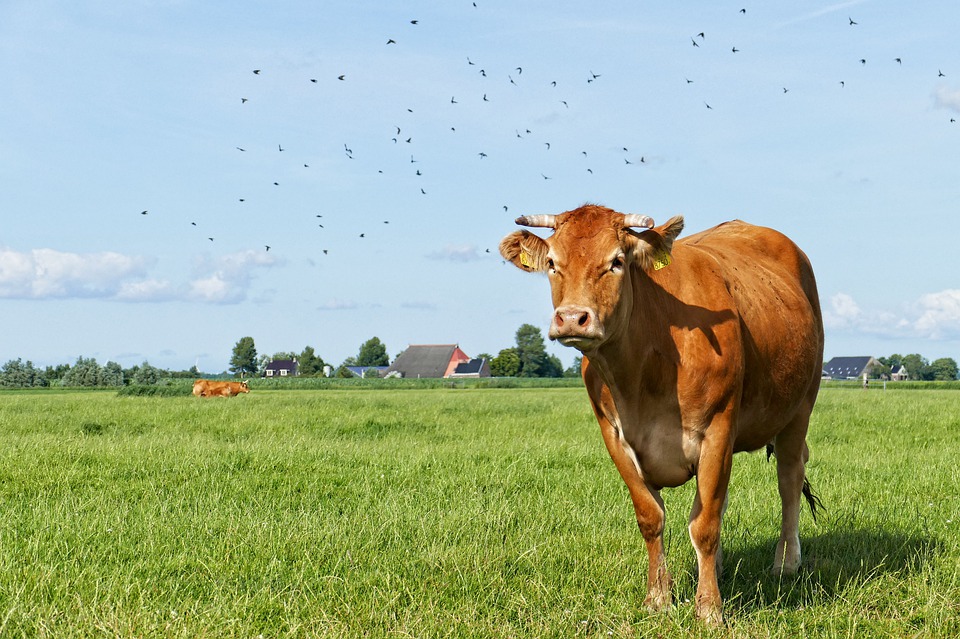One of the many lessons the global pandemic has highlighted is the need for far greater traceability in consumer product supply chains. Across all categories of consumer products but perhaps more so when it comes to food, beverages, pharmaceuticals and items that can directly impact health and safety. Whether you consider the origins of the pandemic tracing back to the Wuhan wet market, the recent reports of H5N8 bird flu virus jumping to humans at a farm in Russia or instances of covid vaccine supply chains being infiltrated with counterfeits eroding trust in genuine life saving vaccines, “traceability” is key towards increased safety, visibility into supply chains, mitigating disasters and risks at the source before they spiral and enabling trust in the products themselves.
Implementing traceability solutions downstream from the manufacturer / factory floor all the way up to the consumer is relatively straightforward and less challenging. Implementing traceability upstream on the other hand has been seen as more challenging as it involves suppliers, farms, ingredient suppliers, component manufacturers and other partner entities having to update data on their end through the journey well before it arrives at the manufacturer and becomes part of the end product. The idea of having to equip the entire upstream supply chain with scanners and systems to update business events and data on their end is daunting and often where many companies assume it’s just too large a project to undertake. After all, it’s always simpler to roll out projects within your own premises / facilities and rolling out end to end traceability requires participation from numerous partners and stakeholders outside your premises. However, with today’s highly scalable cloud technologies, mobile internet access and low cost access to smartphones, that argument doesn’t necessarily hold.
I recall an interesting exchange with the technology team of one of the world’s leading food & beverage conglomerates globally and their experience in building traceability for their dairy product lines in India. Their effort in achieving traceability was nothing short of remarkable considering it involves tens of thousands of individual dairy farmers across vast areas of rural India. Every farmer would bring their produce to a collection center in that region to drop off the unprocessed milk. They would use a smartphone to scan the identifier on their contribution to the collection center and update the business events, location, time of collection and the results of the quality test / score carried out at the collection center at the time of delivery. These batches would then be separately identified and move towards the regional silos and then finally from the regional silos to the end processing / manufacturing plant. Through the entire journey, each smaller unit is being identified and updated as it moves through each business step and updated via devices ranging from simple smartphones in farmers hands to barcode scanners at the collection centre and manufacturing unit. With all this data on the cloud, any LOT of the finished product can be traced all the way back to an individual farm in a remote part of North Western India that contributed a part of the key ingredient that went into the product. At its most granular level, all it took was a smartphone, an app with authorized login provided to the farmer and a digital identity given at the collection centre to each contribution of milk to be able to update data.
I remember thinking, if something on this scale has been implemented with accessible, low cost technology in some of the most remote rural corners in the North of India, traceability can be implemented anywhere. The implications it has on being able to track any product that poses any sort of health risk right down to a single source is invaluable.
We designed the Qliktag Platform to be able to collate traceability data collected along the way and make it accessible to those who need it via the packaging through visual digital experiences or to other systems that may need to analyze it via APIs. However, the takeaway from this team and their experiences is just how ready we are in terms of technology and the means to implement food safety systems and greater traceability. Equally, just how much is possible today in creating more intelligent systems all across the world and mitigating the risks that may come in the times ahead and creating more trust in the products we consume.



